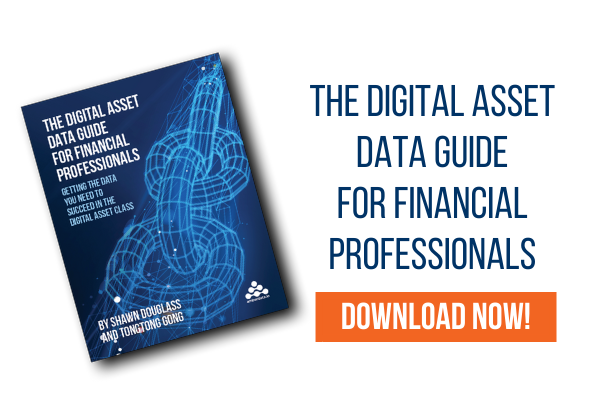Financial Accounting Standards Board (FASB) Gets Started on Digital Asset Accounting Rules

During its May 11, 2022 meeting, the Financial Accounting Standards Board (FASB) voted unanimously to begin a project to address accounting and disclosures for digital assets (specifically cryptocurrency). Guidance for digital asset accounting was one of the most pressing topics based on feedback that FASB received in response to a 2021 invitation to comment.
This development is yet another important step forward in developing rules and regulations around digital assets - a key step in institutional adoption.
How are digital assets currently accounted for?
Current accounting treatment makes digital assets less appealing as an investment than they otherwise would be. Due to the lack of generally accepted accounting principles (GAAP), digital asset holders have to improvise.
Often, they’re accounted for as “indefinite-lived intangible assets.” Under this model, the asset is initially recorded at cost and is not amortized, while it is only tested for impairment (loss of value) annually unless circumstances dictate that the asset’s fair value is likely to be less than its carrying amount – and a recorded impairment cannot be reversed even the asset’s value goes up.
Considering how volatile digital assets can be, this accounting treatment can substantially negatively impact a company’s financial report since the recorded value may not necessarily reflect the asset’s market value. This accounting treatment is a factor limiting institutional adoption of digital assets.
What approach would be preferred?
There are several accounting treatments that would be preferable to the indefinite-lived intangible asset treatment. An often-suggested one is fair value, which would allow digital assets to be accounted for based on their potential price as determined by marketplace valuations.
Fair value is not the spot price, nor is it the market value, and the calculated fair value for a particular digital asset could be higher or lower than its spot price depending on factors like market supply and demand (such as bid/ask prices and the spread between the two) and the asset’s utility.
Fair value would allow digital asset holders to account for price fluctuations with more accuracy and flexibility, making it easier to capture value appreciation and write down depreciating assets.
How do clear accounting standards help institutions?
Having more clarity in how they value their digital asset holdings could encourage institutions to invest more capital in the asset class as they’d be able to better show investors, analysts, and other stakeholders how their holdings have performed.
Additionally, having an established GAAP standard would make accounting departments more confident when accounting for digital assets, likely opening the door for larger holdings.
What’s the next step for FASB?
FASB will be working on its recommendations for digital asset accounting rules during the coming months. As part of its recommendation-making process, it will solicit feedback and comments on its recommendations as they take shape, giving stakeholders and interested parties an opportunity to shape the final product.
Once a recommendation is made, institutions will be able to change their accounting processes and procedures for digital assets. In the meantime, however, they should continue to use the existing accounting treatment.
Is there anything to do in the meantime?
Aside from watching FASB’s website for announcements, or participating in the feedback process, there are no actions that institutions need to take right now. However, those interested in investing in digital assets after updated accounting standards are announced, can get started by improving their knowledge, starting with the most important aspect: the data. We’ve prepared a digital asset data guide specifically for financial professionals that want to learn more about this fast-growing asset class and the intricacies of the data that powers it. Download your copy for free today!
Amberdata
Amberdata is the leading provider of global financial infrastructure for digital assets. Our institutional-grade solutions deliver data, analytics and comprehensive tools and insights that empower financial institutions to research, trade, and manage risk and compliance in digital assets. Amberdata serves as a...
